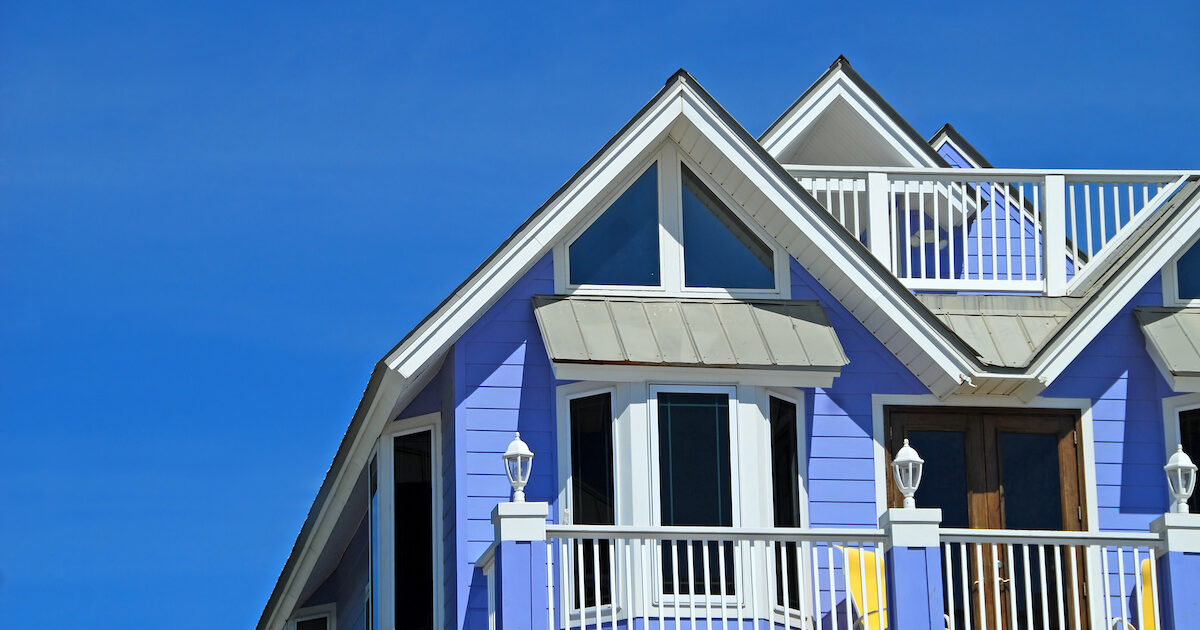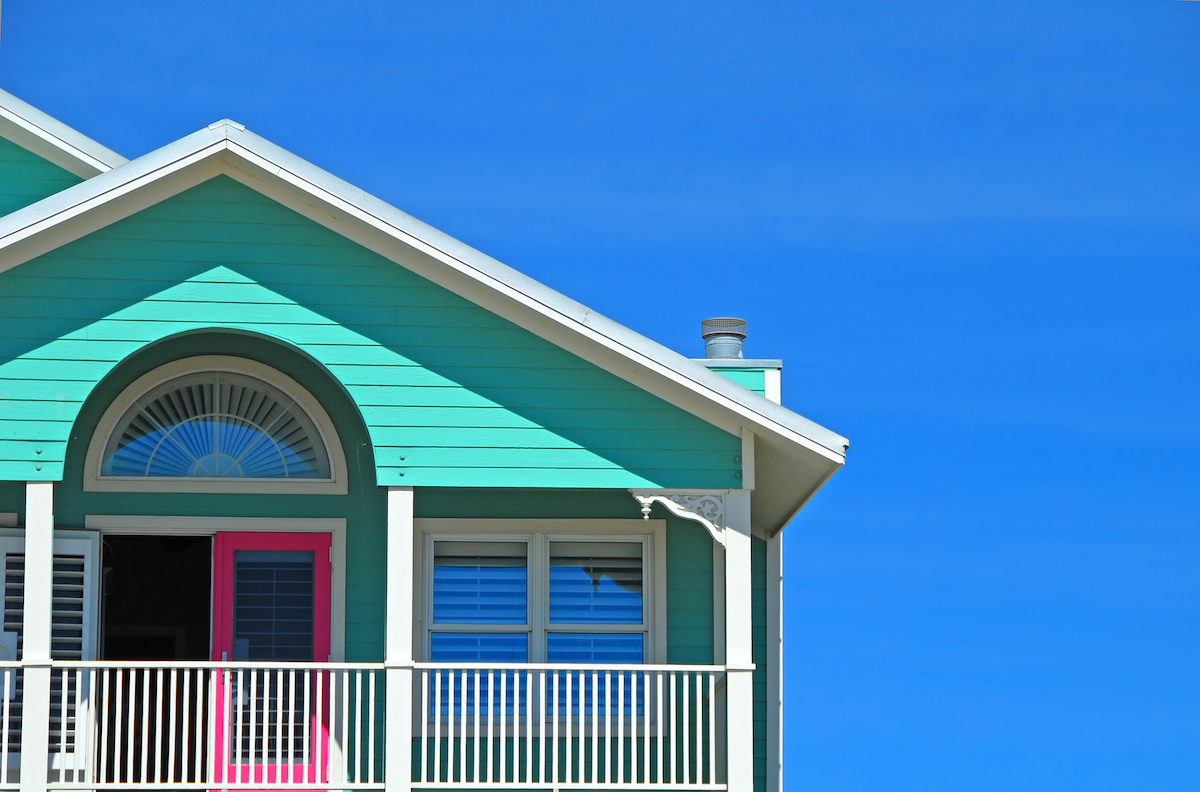
When you inquire about window installation, you’ll find that you can customize your window from the inside out. From the color of the frame to the contents of the glass package, there is a lot to consider with energy efficient windows. But is it really necessary to install replacement windows with low-e?
One of the key components of an energy efficient window is Low-e. While this may sound like a foreign term to some homeowners, it’s important to understand its function and why it should be included with new replacement windows.
What is Low-E?
Low-e is short for low emissivity. Low-e is a metallic, microscopically-thin layer that is applied to the glass pane of a window. It’s significantly thinner than a human hair and its purpose is to reflect infrared heat from entering into the home.
What’s Wrong with Infrared Heat?
Infrared heat is the feeling of warmth from the sun on your skin. While the sun’s warmth isn’t always a negative thing, it can cause utility bills to skyrocket.
However, infrared heat travels through the air and can transfer through objects when it touches a surface. This means that the heat from the sun’s rays is transferred directly into your home. Especially during the summer, these infrared waves can heat the home up like an oven.
Aside from an uncomfortable home, UV rays also pose a problem to homeowners. If low-e isn’t applied to the glass panes, then homeowners may experience issues such as fading of carpeting, flooring, furniture, and more.
The technology of low-e is actually quite impressive. Low-e works all year long to reduce heat transfer in the home and keeping utility bills low.
In a nutshell, low-e reflects the sun’s rays during the summertime. This protects the home from becoming too hot. However, during the winter, low-e allows sunlight to pass through the glass panes. This helps keep the home warmer without the need to endlessly run the HVAC system.

Other Important Energy-Saving Technologies
Other energy-saving technologies that complement the efficiency of low-e windows involve a range of innovative features designed to optimize temperature control and enhance durability without sacrificing aesthetics.
Argon or Krypton Gas Fills
Argon and krypton gas fills, for instance, are used between the panes of glass in double or triple-glazed windows.
These inert gases are denser than air, reducing the convection currents within the window and thus the transfer of heat, making them especially useful in maintaining indoor temperatures without over-reliance on heating or cooling systems.
Multiple Glazing
Another noteworthy technology is the use of multiple glazing. Double or triple-glazed windows not only offer improved insulation compared to single-pane windows but also provide additional layers of protection against noise pollution. This extra insulation is beneficial in keeping homes comfortable throughout the year.
Defending Against Mother Nature with Hurricane Impact Windows
Furthermore, the structural integrity and impact resistance of windows have seen significant advancements with the introduction of hurricane impact windows. These windows are constructed to withstand severe weather conditions, including strong winds and heavy rain, making them an ideal choice for Florida homes. Not only do they offer peace of mind during storm seasons, but they also add an extra layer of security against potential break-ins, thanks to their durable design.
Coatings that resist dirt and water can also be applied to windows, ensuring they stay cleaner for longer periods. This technology not only reduces maintenance efforts but also enhances the clarity and light transmission of the windows, contributing to natural lighting and visibility.
Choose Your Frame Material Wisely
Lastly, improved framing materials like fiberglass or aluminum offer superior thermal insulation. These materials do not conduct heat as much, which helps in minimizing the overall heat transfer across the window. When combined with low-e glass and other insulating technologies, these frames contribute significantly to the energy efficiency of the window, leading to greater comfort within the home and lower energy bills.
Are Your Windows Losing Energy?
If you are thinking about low-e and other energy-saving technologies, you might wonder if your windows are inefficient. Luckily, there are several ways to tell if you need to upgrade your windows:
- Drafts or temperature differences near windows indicate air leakage. This can compromise the window’s insulation and energy efficiency.
- Condensation between panes in double-glazed windows suggests a broken seal and escaped insulating gas. It’s a clear sign that the windows are not functioning properly.
- Rising energy bills without an increase in utility rates point to inefficient windows. It’s a hint that your windows could be contributing to higher heating and cooling costs.
- Difficulty maintaining consistent temperatures in your home, especially in rooms with significant window areas, indicates poor window performance. Some rooms may feel too hot or too cold, signaling energy loss through the windows.
Best of Both Worlds: Upgrade to Hurricane Impact Windows with Low-E
Upgrading to hurricane impact windows equipped with low-e technology offers homeowners the ultimate combination of energy efficiency and protection. These windows not only stand up to the toughest weather conditions but also excel in reducing energy costs. Here’s a closer look at the benefits:
- Enhanced Protection: Hurricane impact windows are designed to withstand extreme weather, including high winds and flying debris. This robust protection helps safeguard your home during storms and reduces the risk of damage.
- Energy Efficiency: With low-e coatings, these windows reflect infrared and UV rays, keeping your home cooler during hot months. This dual action of protection and energy savings makes them an ideal choice for any climate.
- Noise Reduction: The thick, laminated glass in hurricane impact windows also serves as an excellent barrier to noise. Whether it’s the howl of a storm or the buzz of traffic, these windows help maintain a peaceful indoor environment.
- UV Protection: Low-e coatings filter out harmful UV rays, protecting your interior furnishings from fading. This extends the life of fabrics, paintings, and other sensitive materials inside your home.
- Increased Home Value: Investing in hurricane impact windows with low-e technology can significantly boost your home’s value. Potential buyers will appreciate both the safety features and the energy-saving benefits.
- Lower Insurance Premiums: Many insurance companies offer reduced premiums for homes equipped with hurricane impact windows. This is due to the decreased risk of storm damage, adding financial savings over time.
Say Yes to Replacement Windows with Low-E
The bottom line is that your new replacement windows should absolutely include low-e–but it should also contain elements such as argon or krypton gas. This combination yields the best results for comfort and energy savings. Contact us today to learn more about energy efficient replacement windows.